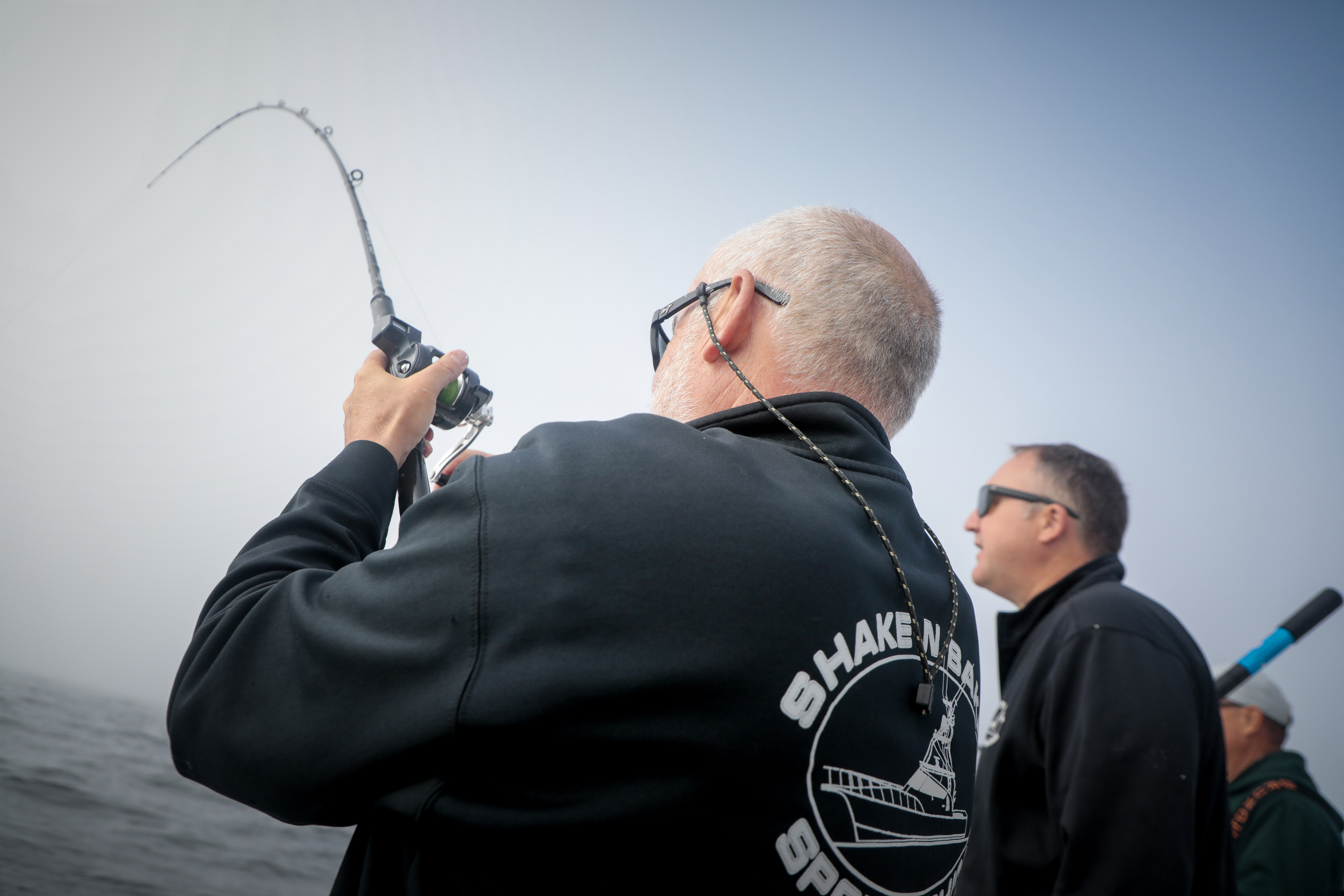Saints or Sinners? Characters of Pacific County: Doctor’s stallion to the rescue
Published 10:26 am Friday, February 9, 2024

- The British ship Strathblane was heaved onto the beach south of Ocean Park on the ebb tide at 5 a.m. Nov. 3, 1891. By 3 p.m. the following afternoon, she had completely disintegrated in the storm-driven surf and six of the 30 crewmembers had drowned. Ultimately, it was found that Capt. Cuthell (who went down with his ship) had been navigating, unknowingly, with an erratic chronometer; all indications had been that the Strathblane was 60 miles offshore, a safe place to ride out the storm.
Dr. T.H. Parks
Dr. Theodore H. Parks was a physician practicing on the North Beach Peninsula in the 1890s. Born in Bloomington, Indiana in 1842, he had come to Ilwaco by way of Salem and Portland, Oregon, in 1889. He was not only a doctor but was an assayer, a chemist, a pharmacist, and in 1900 was vice president of the Washington State Pharmaceutical Association.
But it is not for any of those notable accomplishments that his name has come down to us through history. His greatest “claim to fame” had to do with his big well-trained stallion — the very horse that pulled his buggy along the unpaved, often muddy, roads and cart paths as Dr. Parks made his frequent house calls on the Peninsula. It is as the owner and trainer of his magnificent “Stallion of Klipsan Beach” that Dr. Parks is remembered.
Most especially, he is remembered in connection with the wreck of the British ship Strathblane which occurred at five o’clock on the morning of Nov. 3, 1891. Unbeknownst to the ship’s master, Capt. George Cuthell, he had been navigating with an erratic chronometer, and in a dense fog, the vessel (thought to be 60 miles out at sea) struck the beach just south of Ocean Park. Only one of the Strathblane lifeboats left the ship safely, the rest smashed beyond use by the heavy seas.
The alarm was sent out by Charles Nelson, Sr., who was keeping solitary watch in the tower at the Klipsan Beach Life Saving Station. When he discovered that the lines of communication had been downed by the storm, Nelson dispatched riders to obtain aid for the stricken ship. From Cape Disappointment, Capt. A.T. Harris and his men arrived by the narrow-gauge railway. They worked desperately to launch their surf boats and to send a life-line to the foundering ship. All their attempts failed.
As hundreds of spectators gathered along the shore, another of the responders to Nelson’s desperate call for help arrived. Dr. Parks had been intercepted between Ilwaco and Long Beach as he was making his morning rounds. Immediately, he unhitched his buggy, mounted his horse and rode into the surf astride the huge animal he had trained to tow shipwreck survivors to safety.
Also part of the drama that morning were Clarence Hutton urging his horse, Mack, into the breakers, and Phil Stout on his mount, Veto. Nelson, himself, in company of still other riders headed their mounts seaward to join in the rescue efforts. But it is Dr. Parks who is most often mentioned in connection with the “Klipsan Stallions” and, over the years, people have speculated that it was he who first encouraged and “taught” horses and their owners to do this heroic work. Of the Strathblane’s 30 crewmembers, 24 were rescued largely due to the efforts of the stallions and their courageous riders. The other six are buried under a tidy row of markers in the Ilwaco Cemetery.
The fearless horses, though not their riders, are commemorated in a poem by Linda Bierds which was published in the New Yorker magazine in the June 22, 1986 issue.









